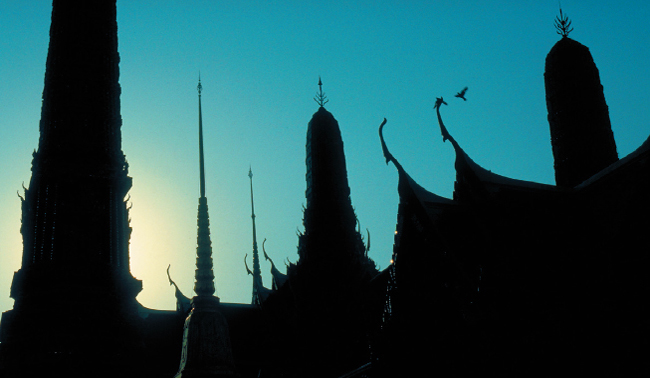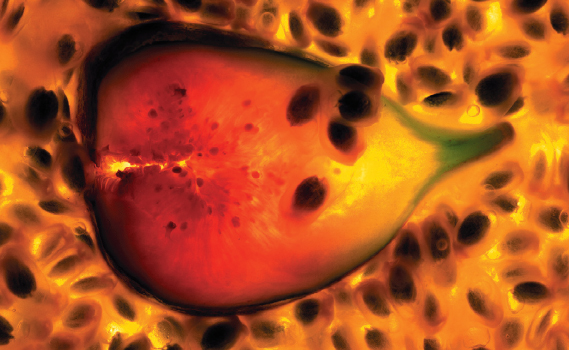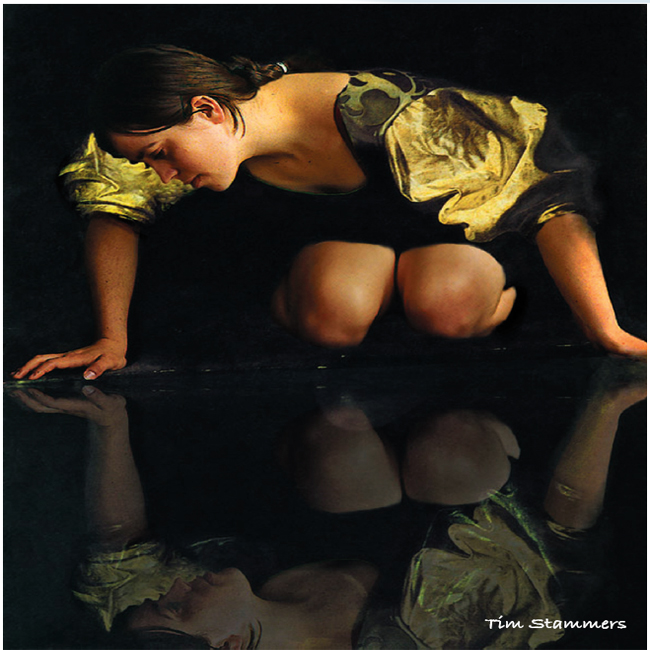creative techniques
Itti Karuson
essential skills
~ Develop knowledge and understanding of how light can change the
~ character and mood of subject matter.
~ Develop skills in controlling lighting to achieve creative effect.
~ Observe the use of creative techniques in the production of photographic images.
~ Study an extensive collection of images utilising creative lighting
~ techniques.
~ Produce photographic images demonstrating a practical understanding of creative lighting techniques.
Introduction
The choice, arrangement and design of a subject within the frame determines the effectiveness of its communication. Communication can be increased by having a better understanding of the camera and its controls. Careful consideration is advised when using technical effects. Images are about communication and content and not about technique. Technique should never dominate the image.
Exposure compensation
Exposure compensation is used to correct tonal values that would otherwise have recorded as too dark or too light. It is also used to record detail in highlights or shadows when the brightness range of the subject is high. Exposure compensation can also be used for creative effect. The creative process of photography sometimes requires an exposure that is not correct to produce the desired result. The degree of compensation is only limited by the photographer’s imagination and the limitations of the film or image sensor. Interesting results can be achieved by purposely underexposing or overexposing regardless of SBR.

Mark Galer
Silhouettes
An image described as a silhouette is the dark shadow or outline of the subject against a lighter background. A silhouette can be created by backlighting the subject and reducing the exposure sufficiently to remove detail from the subject. Reducing the exposure by approximately two to three stops is usually required to record the subject as black.
Colour saturation
Decreasing exposure by 1/3 or 2/3 of a stop will increase colour saturation. This works especially well when using colour transparency as the processed image is viewed by light being transmitted through the film. The technique works well in flat midday light. Images can look underexposed if the photographer is recording tones of known value.
Backlighting
A subject is back-lit when the dominant light is from behind the subject. To take a reflected reading of the subject from the camera would give an incorrect exposure. A reflected reading of the subject only or an incident reading from the subject to the camera would give correct exposure. The dominance of the backlight can therefore be controlled by exposure compensation.
Haloes
With subjects having an extreme contrast either as a result of SBR or lighting ratios, exposing for the shadow areas will create the effect of massively overexposing the highlights. On its own or combined with lens filtration (soft filter) the result, especially when using a strong backlight, is a halo effect around the subject.

Natarsha Gleeson
ACTIVITY 1
Create the effect of a halo using a dominant backlight and exposure compensation.
Repeat the procedure to create two silhouettes with an interesting profile. One silhouette should have a white or clear background, the second the colours of an evening sky.
Bracket the reduced exposure compensation for each and label the results.
Process the images and label the results of each frame.
Low key
A low key image is where the dark tones dominate the photograph. Small bright highlights punctuate the shadow areas creating the characteristic mood of a low key image. The position of the light source for a typical low key image is behind the subject or behind and off to one side, so that the deep shadows are created. Appropriate exposure usually centres around how far the exposure can be reduced before the highlights appear dull. The shadow areas are usually devoid of detail when this action is taken unless a certain amount of fill is provided.

Janette Smith
High key
A high key image is where light tones dominate. Dark tones are eliminated or reduced by careful choice of the tonal range of the subject matter. Soft diffused lighting from a broad expansive light source is used to reduce shadows. Backgrounds may be flooded with light so that little detail is seen. Increased exposure ensures the tones are predominantly light. Hard edges and fine detail may be reduced by the use of a soft focus filter. A bright background placed close to the subject may also soften the outline of the form. The main light source to illuminate the subject can be provided by skylight, window light or light reflected off a large bright surface. Backgrounds can be overexposed by sunlight.
ACTIVITY 2
Create one high key and one low key image.
Describe the lighting used for each image including a record of the indicated exposure and degree of compensation.
Illusion of movement
Closely associated with an understanding of the use of light is the use of the camera to create the illusion of movement. By combining the movement of either the camera, subject or lights, the illusion of movement within a still frame can be created. Using tungsten light in a darkened studio and with the camera lens open, walking slowly through frame (the camera’s field of view) will result in a blurred image where you were moving and still image where you stopped. Another way to create movement is to increase exposure time to the longest possible with the light source you are using and move the camera during all or part of the exposure. This is easily achieved with a zoom lens, but also achievable by panning or tilting the camera mounted on a tripod. There are other advantages to using a slow shutter speed when using a combination of flash and tungsten. If the output of the modelling lamps, or supplementary tungsten lighting, is high enough to equal the exposure aperture of the flash output a slower exposure time can be used for the tungsten light than required for the flash. This would allow correct exposure of the flash (which is regulated by aperture and not time) and correct exposure of the tungsten (which is regulated by a combination of aperture and time). This would give the effect when using daylight film/balance of a warm afterglow to any object moving before or after the flash exposure.

Itti Karuson
ACTIVITY 3
In a darkened studio light a person with a diffuse light source close to camera.
Set the shutter to the longest exposure time relative to the exposure aperture.
With the lens open ask the subject to walk across frame. Vary the speed and rhythm of the movement. Observe the images and compile results.



